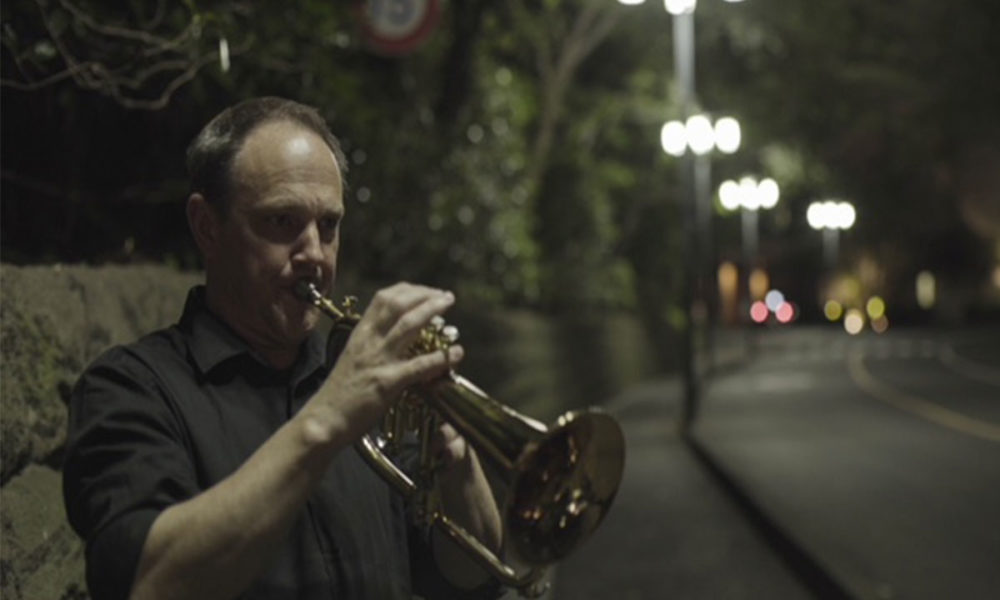Hello, readers of Halftime Magazine. I’m excited to share with you my experiences playing chamber music and teaching music.
In my ensemble, Boston Brass, we have the opportunity to talk with many professional musicians. We ask them: If they could do anything over again in college, what would it be?
The most common answer is: “Play more chamber music.”
To be a complete performing musician in high school and college, you need a three-part diet of playing: Individual, Large, and Small.
Individual
Personal playing includes individual practicing, lessons, recitals, and juries to learn the fundamentals and mechanics of your instrument.
Large Ensemble
Playing in a wind ensemble, concert band, or marching band is where you learn to be part of a community, work with a conductor, play in a section, blend with others, and become a leader.
Small Ensemble/Chamber Music
Chamber music means one on a part. The group can be any small size, performing any genre, and with any makeup of instruments. It can be a duet, jazz trio, brass/woodwind quintet, or mixed ensemble i.e., flute, trombone, and alto saxophone.
Start by playing with a group of friends. Your band director can help you get started.
Being involved in chamber music allows you to take greater responsibility for learning and refining your music. It will help you listen carefully to the other parts and balance your own.
Playing small creates benefits for the large ensemble. Large ensemble playing will improve because students will learn to take responsibility to lead and follow each other, not just the conductor. Balance and ensemble sound will improve because students will learn to listen to other instruments while playing their own part. Less time will be spent on pitch because the student will be accustomed to addressing pitch issues in chamber music rehearsals and know how to fix them. Overall, they have the chance to make real musical choices with the direction of the music, allowing more of a sense of ownership.


